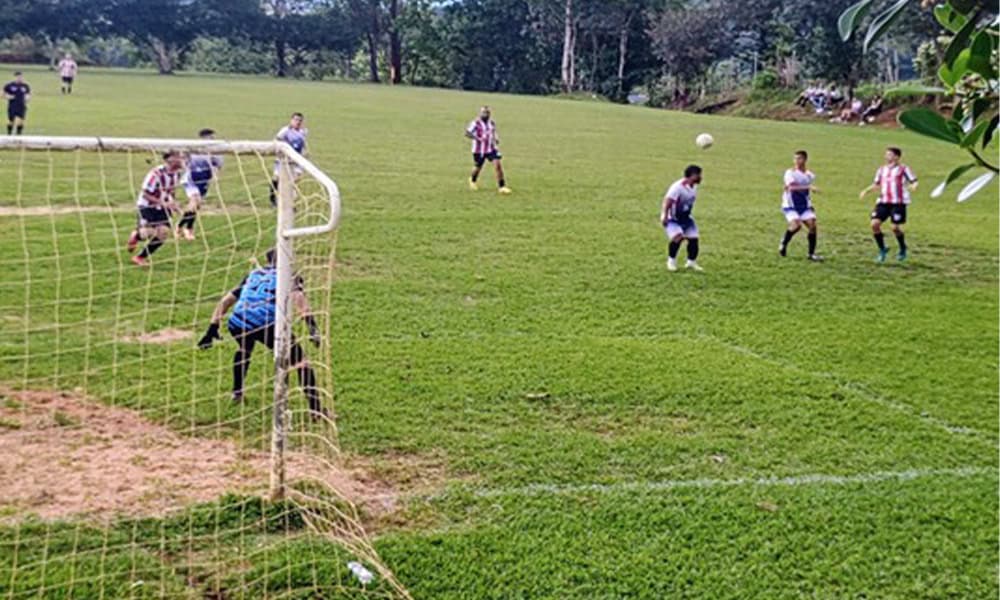La cancha, el césped, the pitch — call it what you want — the soccer field is the heart of many barrios and small towns in Costa Rica. I live right around the corner from our barrio’s multifunctional field. It’s part soccer pitch, part playground, part picnic spot — an open-air gathering place that is never officially closed.
Built on the only large patch of flat open space, it sits below street level. The far end of the field stops abruptly about 10 meters behind the goal, before a steep drop-off into a pasture below, where cattle graze lazily. Between the goal and the drop-off, a line of trees offers shade.
On early morning walks with my dog, I sometimes run into the remnants of late-night parties in the shadows behind the goal. Once at daybreak, I came upon a body wrapped in tarpaulin under the trees. I froze — then noticed movement. The person inside sensed me and said, “estoy bien, gracias.”
By Sunday morning, the riff-raff is gone. It’s fútbol time. Across the country, barrio teams are locked in spirited matches. There are four levels of men’s fútbol in Costa Rica. The premier division has 10 teams, including perennial contenders Saprissa, La Liga, and Herediano.
One rung lower is the 18-team second division, where the champion is promoted each year and the last-place premier team is relegated. Below them are the ligas de aficionados — the amateur leagues. The third division has 30 teams, and the fourth over 100 squads, all playing for love of the game.
My barrio’s team is in the lowest division. None of the players are likely to ever step onto Saprissa Stadium’s pitch, though one famous spirit lingers over this humble field. Keylor Navas — the greatest Tico footballer of all — played his first mejengas here, just a local kid in the neighborhood. His talent was so obvious that he was invited to a local soccer school, then Saprissa’s youth squad, before becoming a world-class goalkeeper.
On match day, the narrow street above the pitch fills with cars. Spectators ring the field, as many as attend the barrio church next door. No one expects the next Keylor Navas to appear. Most players are in their twenties or thirties, with no contracts or endorsements ahead of them. They’re just locals, some familiar faces from around town.
The skill level can surprise: both goalies made sprawling saves reminiscent of Keylor. Now and then, quick passing sequences open up a shot across the box. But finishing is the hardest part. The only goal came from a series of miskicks and deflections in front of the net. The home team won 1-0.
As friends and family gathered their things, the players drifted home. Within 30 minutes, kids were back on the pitch, playing their own games — perhaps future members of the barrio team.
Sometimes, when I hear the first shouts of Sunday play from my office, I wander down and sit along the embankment, taking in this little piece of Tiquicia. Tens of thousands of Costa Ricans, from Río San Juan to Paso Canoas, are doing the same thing at the same time — in barrios like mine, in small villages, and in city stadiums. Soccer is king in Costa Rica, followed 24/7, all year long. No other sport comes close.






